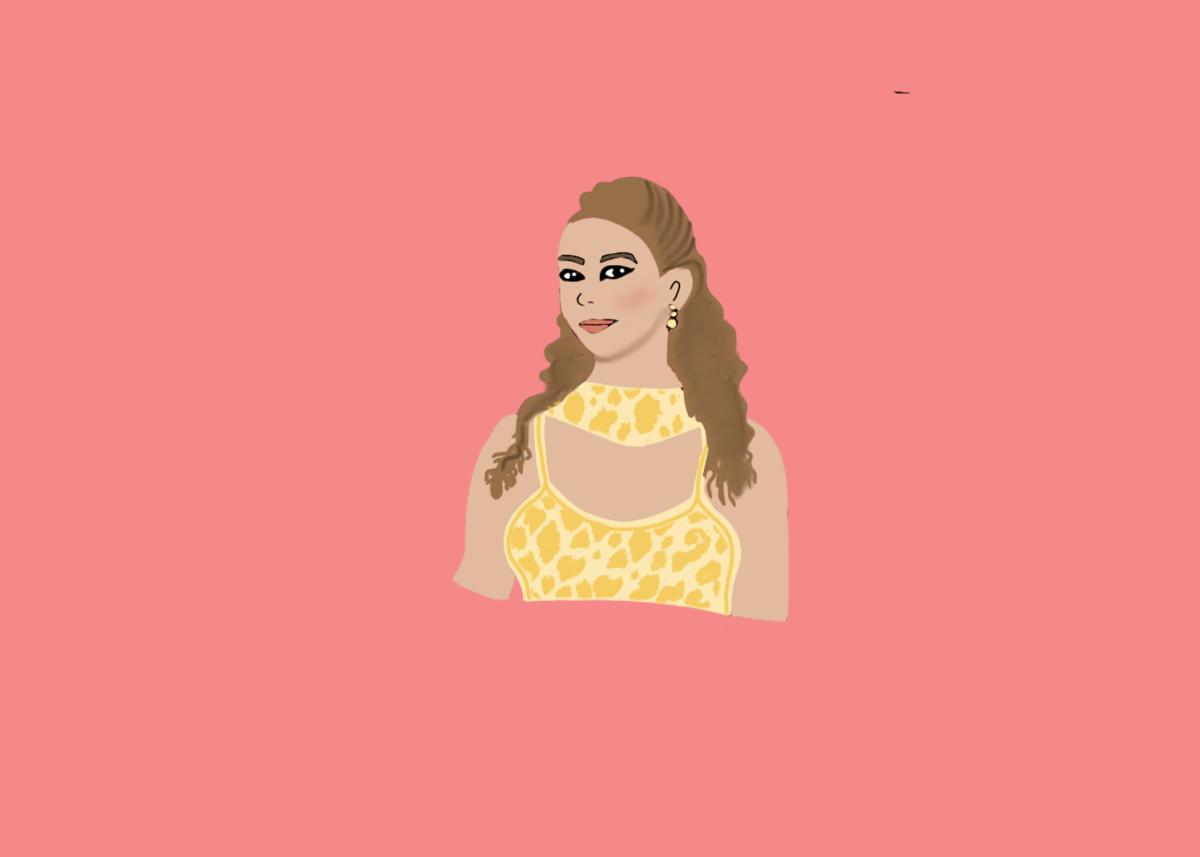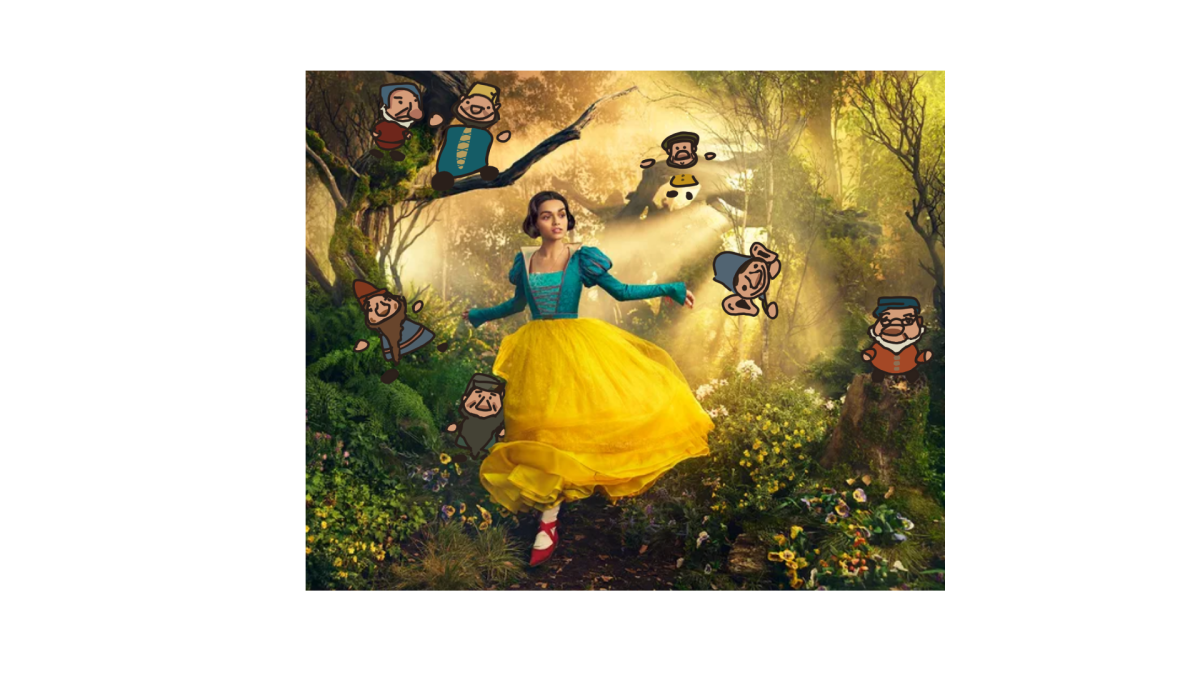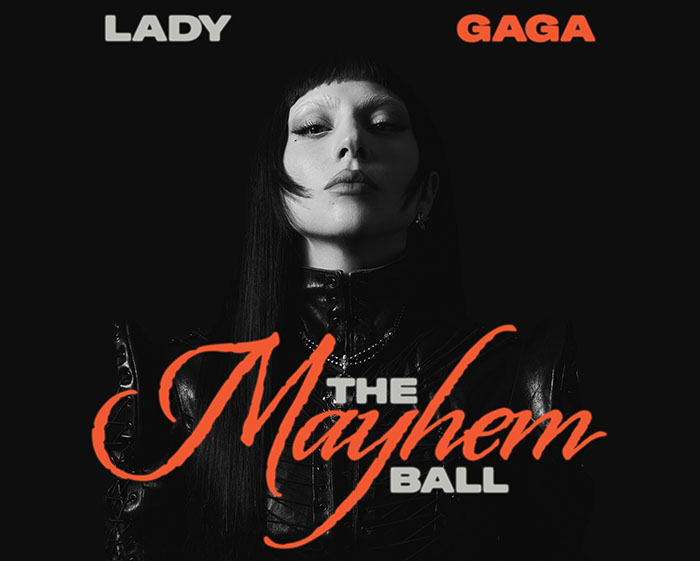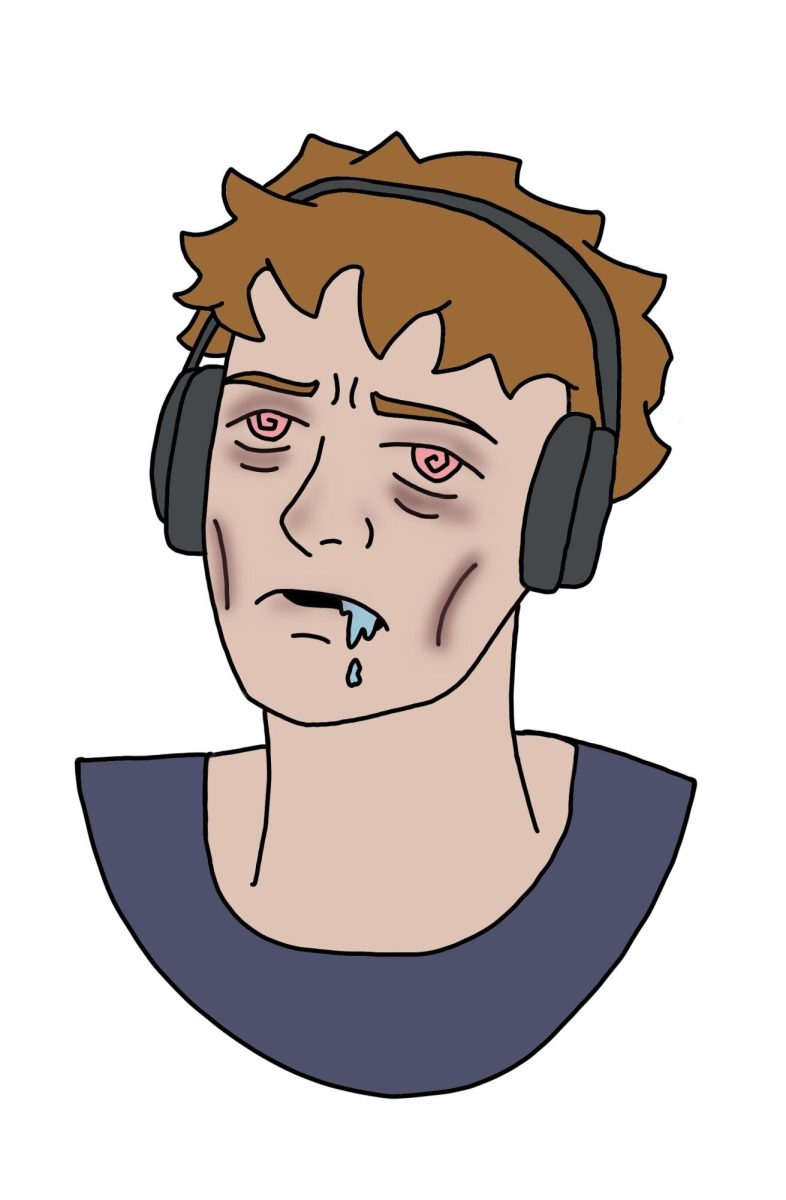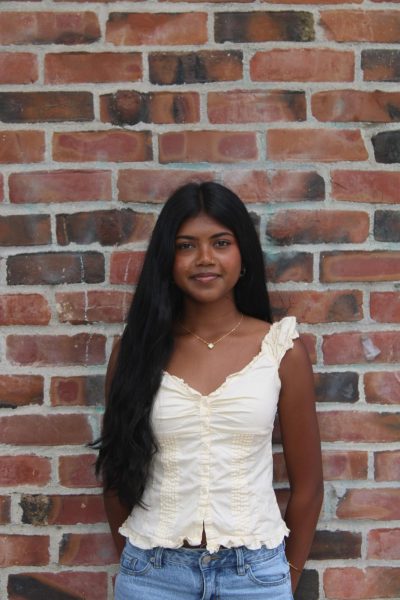A TikTok shared by an employee of the fashion brand Bibty shows them trying to figure out the “aesthetic” of a shawl, which was worn draped over the shoulders and across the chest. She referred to it as a “European” and “Scandinavian” aesthetic which sparked major controversy on the platform. Many South Asian creators were left amused by their ignorance and upset by the label, pointing out that the garment closely resembles a dupatta. The dupatta is a traditional clothing piece deeply rooted in South Asian culture. First this was minimized, joking about the lack of knowledge on South Asian attire. However, others across the platform started referring to the garment as a “Scandinavian scarf” and did not give credit to the South Asian influence. This lack of cultural recognition sparked exasperation and caused many South Asian creators to speak out.
The common belief among the creators was that the frustration stemmed from the lack of acknowledgment towards Indian culture. Even many Scandinavian creators spoke out, pointing out that the so-called “Scandinavian scarf” is not an accurate representation of their own Scandinavian culture. This only increased the disappointment felt by many, as the lack of acknowledgement was evident. In response, many South Asians flooded the comments of creators wearing the dupatta, asking for proper credit. However, this sparked backlash from others, with comments like “Dupattas literally mean scarf,” and “It’s not that deep.”
Duppatta in Hindi may translate to “shawl” or “scarf”, but its significance goes far beyond as a simple accessory. It holds a deep cultural and religious meaning. Traditionally, the dupatta is worn to show modesty, often playing a role in religious practices. It is commonly used to cover the head and chest, in religious, cultural and formal settings, symbolizing dignity and respect. This practice is shaped by historical events, especially during the Mughal era.
During the Mughal era, spanning from the 14th to the 19th century, the dupatta evolved into a symbol of elegance and luxury. However, beyond its pleasing value the dupatta also represented resistance for South Asian women. This time was a period of war, when the practice of “Jauhar” emerged; a form of mass self-sacrifice where women, facing the threat of capture and sexual violence, would rather choose death over dishonor. Before walking into the fire, women would place the dupatta over their head as their last act of dignity. This gesture marked the dupatta not just as a piece of clothing, but a symbol of honor and strength.
“It’s not that deep,” is often how many people from outside of the South Asian community respond to calls for cultural credit. But for South Asians, it is that deep. South Asians have been mocked and bullied for expressing their culture; Countless creators have even shared experiences of being made fun of for going to school with oiled hair, which is now rebranded as a trendy “slick back.” Others recall being teased for wearing traditional attire like lehengas, which are now referred to as “two piece sets.” Following this, many other elements of South Asian culture have been shared globally, such as yoga, chai, turmeric wellness, hair oiling, mehndi and hand chains. The issue is not that the people are enjoying Indian culture, it is that they “love” the culture but not the people behind it. This lack of acknowledgement is often the result of the deeply rooted biases that lead people to view South Asian culture as “embarrassing” unless it is worn or used by someone outside of the community.
“It shows the lack of knowledge people have,” FHS freshman Omie Lodha said. “It is not that deep, but when it comes to other cultures then it is deep. Why are [South Asians] being separated from other ethnicities?”
Lodha’s words shed light on how racism towards South Asians is often normalized or dismissed. Discrimination against South Asians frequently is not taken as seriously compared to the experiences of other ethnic groups. Lodha points out the truth; if the same situation happened to other communities, it likely would not be so easily brushed off. Ultimately, sharing the culture is not the problem. The real concern lies in these traditions being rebranded and marketed as something new, with little to no credit given to their South Asian origins.


